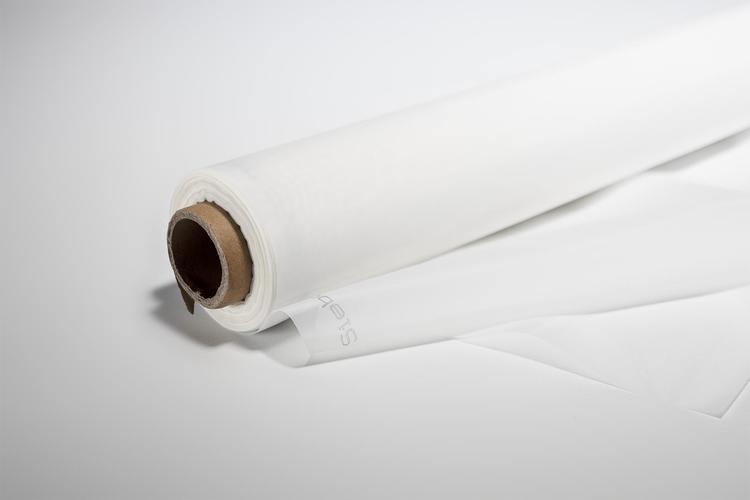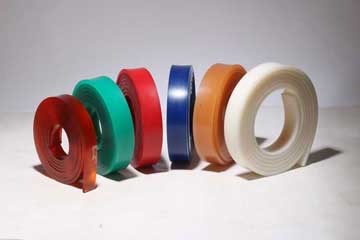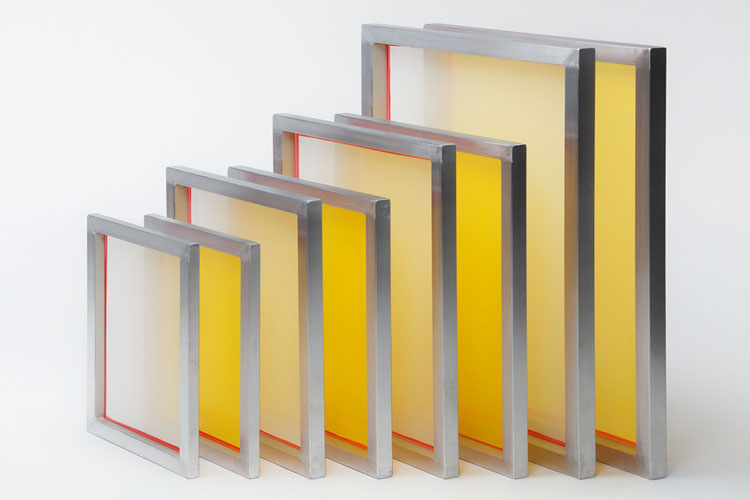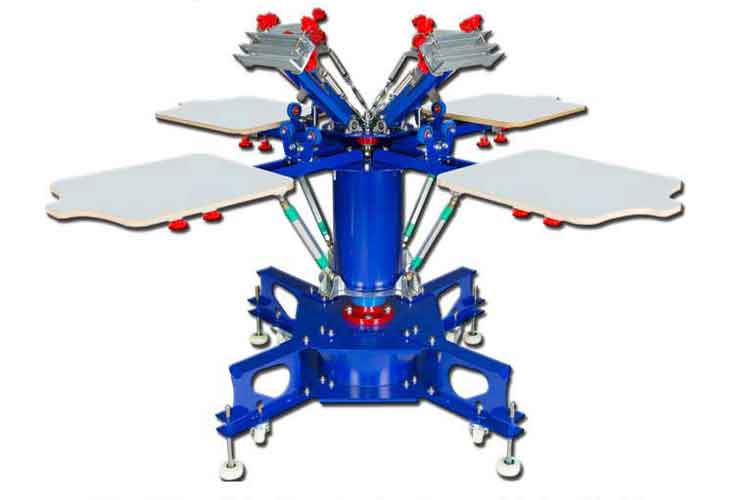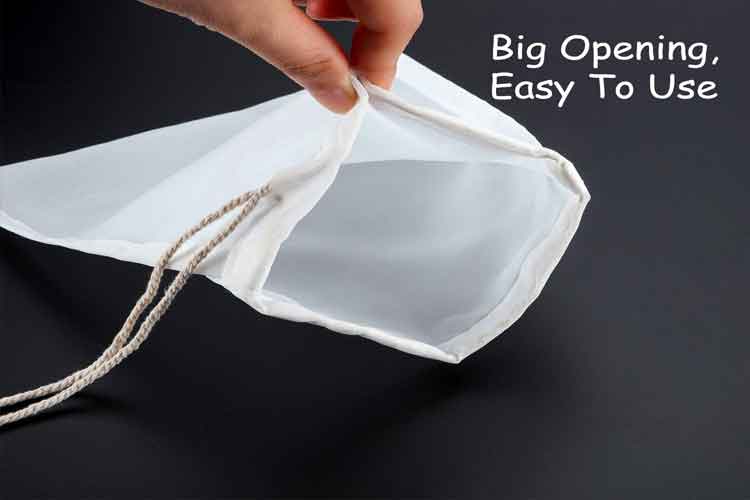Stainless Steel Screen Printing Mesh Suppliers — how to pick a reliable source and why metal mesh matters
Executive snapshot: why stainless-steel mesh suppliers matter to high-precision printing When you require ultra-fine registration, long screen life, and chemical or abrasion resistance (electronics, ceramics, certain glass and industrial inks), stainless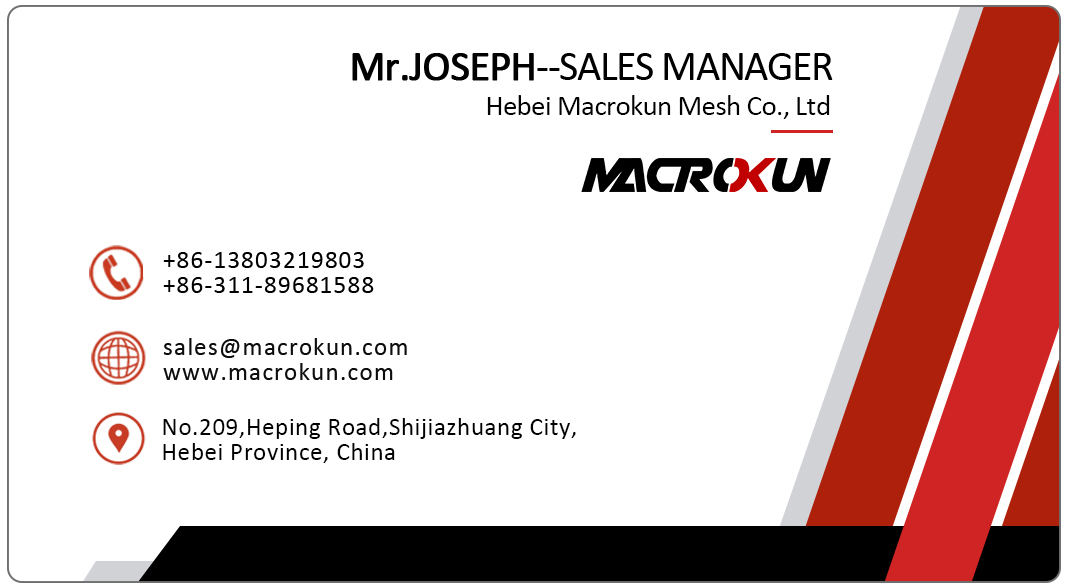
Executive snapshot: why stainless-steel mesh suppliers matter to high-precision printing
When you require ultra-fine registration, long screen life, and chemical or abrasion resistance (electronics, ceramics, certain glass and industrial inks), stainless metal mesh becomes the clear technical choice. That drives demand for specialized suppliers who can offer narrow tolerances, specific alloy grades (304 / 316 / 316L), and weaves such as plain, twill or Dutch/Dutch-twill used in high-precision applications. Top-tier suppliers focus on consistent wire diameter, tight weave tolerances, and finishing options — the features that let printers get predictable results on demanding jobs.
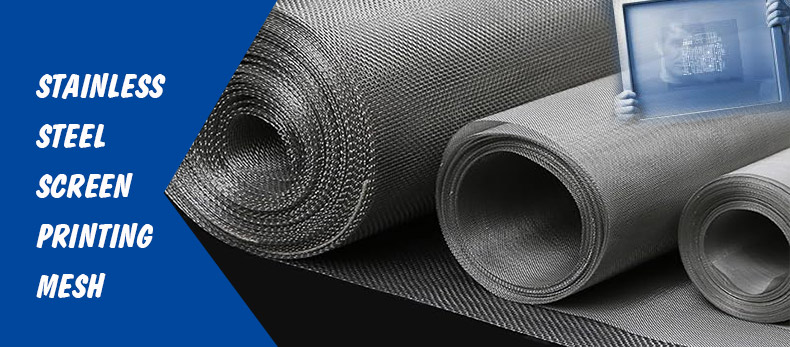
What buyers look for when evaluating stainless-steel mesh suppliers
Buyers evaluating potential partners usually check for five non-negotiables:
-
Material grades available (304, 316, 316L and equivalents).
-
Weave quality and specifications (plain, twill, dutch/dutch-twill; exact mesh count and aperture in microns).
-
Tolerances & datasheets (wire diameter tolerance, open area %, recommended tension).
-
Quality systems & certifications (e.g., ISO / ASTM references where applicable).
-
Logistics & MOQ flexibility — sample availability, lead times, and export experience for global customers.
Reputable suppliers publish datasheets and will offer samples for exposure/testing before you commit to roll orders. Made-in-China+1
Typical supplier categories and where to source them
There are four practical supplier buckets you’ll encounter:
-
Specialist metal-mesh manufacturers — companies that design and weave stainless mesh specifically for printing (high precision, custom weaves, and finishing). They emphasize tight tolerances. Haver & Boecker
-
Large industrial wire-cloth producers — global wire-cloth firms that offer a wide range of mesh products including printing mesh (often strong for standards compliance and industrial volumes). 纽瓦克钢丝网
-
Regional distributors / technical resellers — firms that keep stock and can cut or frame materials quickly for local printers. Useful for fast turnaround and lower MOQs. directmetals.com
-
B2B marketplaces & trade platforms — Alibaba, Made-in-China and similar hubs where many OEMs / factories list stainless printing mesh — good for price-comparison and high-volume sourcing, but buyer diligence is crucial. Alibaba
How stainless-metal mesh differs from polyester mesh — why it costs more and when it’s worth it
Stainless mesh is more expensive because it’s woven from metal wire (usually 304/316), produced to tighter diameter tolerances, and often finished for flatness and low-elasticity. The benefits:
-
Dimensional stability under high tension — critical for PCB, solar cell metallization, or ceramics. Haver & Boecker
-
Resistance to solvents and high-temperature processes — stainless won’t degrade with aggressive chemistry or heat. walcoom.com
-
Longer service life in abrasive or high-run environments — fewer remesh cycles and lower long-term cost in demanding use-cases. meshfromchina.com
These advantages make stainless mesh worth the premium when the job requires precision, repeatability and chemical durability.
Minimum technical checklist to request from suppliers (and why)
When you contact a vendor, ask for these datasheet items explicitly — they let you compare offers objectively:
-
Wire material and grade (304/316/316L).
-
Mesh count and aperture (in both mesh-per-inch and µm).
-
Wire diameter and manufacturing tolerance.
-
Weave type (plain, twill, Dutch / twill-dutch).
-
Recommended tension and calendering/flattening options.
-
Surface finish and any anti-knot / calendering process.
-
Sample policy and minimum order quantity.
Good suppliers will provide these without hesitation; if a vendor resists, treat that as a red flag.
H2 — How to vet low-cost factory listings (quick due-diligence)
Platforms with large numbers of manufacturers are useful but require vetting. Quick checks to reduce risk:
-
Request recent photos and batch test reports (showing consistent wire diameter / mesh counts).
-
Ask for third-party lab reports or compliance statements for the material grade (especially if you’re using stainless in food, pharma, or electronics).
-
Order a small sample and run an exposure / print test; verify tension behaviour, aperture uniformity and edge flatness.
-
Check customer references or export history — suppliers who ship to North America / EU usually understand documentation and packing standards. Alibaba+1
Common specifications & their printing impact (simple guide)
-
Higher mesh count + smaller aperture → better fine detail and halftones, lower ink deposit (used in electronics / fine-art).
-
Lower mesh count + larger aperture → heavier ink deposit, better for bold fills on coarse substrates.
-
Twill / Dutch weaves → often used to increase open area while keeping strength/tension.
-
Calendered (flattened) wire → improves stencil adhesion and reduces stencil thickness variability.
Match the spec to your job, not just the “mesh count” label.
Logistics: lead times, MOQ, packaging and frames
For stainless mesh, expect longer lead times than off-the-shelf polyester in many markets — weaving metal is slower and often done to order when tight tolerances are requested. Ask about:
-
Typical lead time for the exact spec.
-
Minimum order quantity and incremental roll sizes.
-
Packaging for export (to avoid damage and maintain flatness).
-
Options for cutting, finishing or pre-framing if you want assembled screens.
A supplier who offers sample cut pieces and clear lead-time windows is easier to work with repeatedly.
Pricing: what drives cost and how to compare offers
The main cost drivers are alloy (304 vs. 316), wire diameter tolerances, weave complexity, finishing (calendering/flattening), and quantity. When comparing quotes, normalize by open area and wire tolerance rather than price per square meter alone — a cheaper mesh with poor tolerance or lower open area often underperforms and increases total cost of ownership.
Typical use-cases where stainless suppliers are the right choice
-
PCB / electronics screen printing (solder paste or fine metallization).
-
Solar cell metallization (extremely tight registration and heat-resistance).
-
High-temperature or solvent-based inks (glass, ceramics, some industrial coatings).
-
Specialty printing where long life and dimensional stability reduce downtime. Haver & Boecker+1
Recommended onboarding checklist for a new supplier
-
Request datasheet + sample.
-
Run a small in-house test (tensioning, exposure, print).
-
Validate post-print reclaim behaviour and dimensional stability.
-
Confirm lead times, MOQ, and packaging.
-
Agree on a small initial order with defined acceptance criteria.
This reduces risk and makes future volume scaling predictable.
A shortlist of globally recognized sources to start contact (examples)
-
Specialist metal mesh weavers (industrial companies focused on metal mesh for printing and high-precision industries). These firms often publish detailed tech sheets for printing mesh. Haver & Boecker
-
Large wire-cloth manufacturers with multi-industry presence (suppliers with long histories and certified operations). 纽瓦克钢丝网
-
Regional distributors & technical resellers (for faster service & sample availability). directmetals.com
-
B2B marketplaces for volume quotes and factory sourcing (useful when sourcing bespoke sizes at scale). Alibaba
(If you’d like, I can produce a tailored short-list with supplier names and contact suggestions for your region — e.g., North America, EU, China, or Southeast Asia — and include which specs they’re strongest at. Tell me the region and I’ll generate a compact “reach-out pack” you can paste into email or RFQ forms.)
Final buying philosophy: match risk to reward
If your prints must hit high-precision tolerances and downtime costs are high, choose trusted manufacturers and accept slightly higher unit cost for lower total lifecycle cost. For lower-risk or experimental runs, test lower-cost suppliers but insist on samples and a short pilot order. Doing a structured pilot reduces surprises and builds a reliable supplier relationship for the long term.
screen printing mesh Stainless Steel
Next:How to find screen printing mesh suppliers that deliver precision, consistency, and reliability
Tags:
